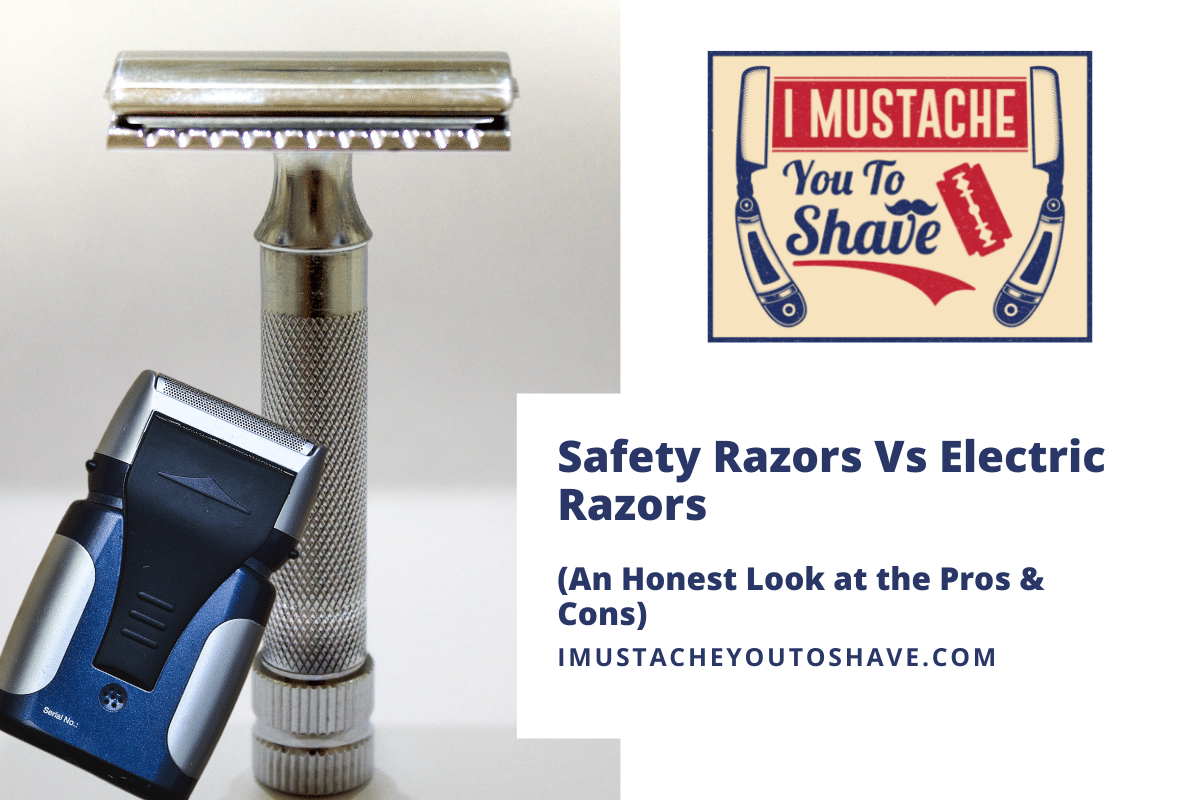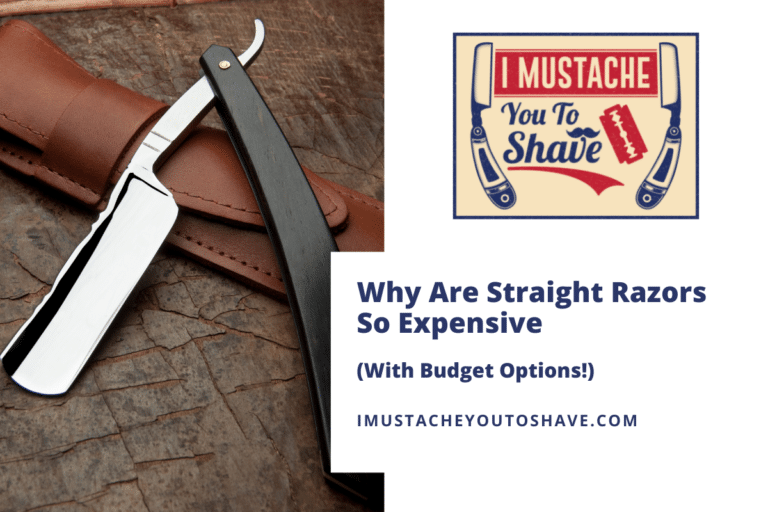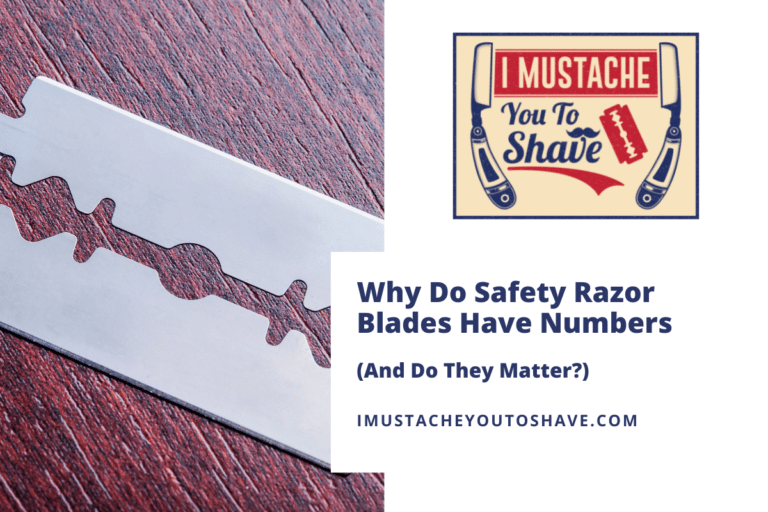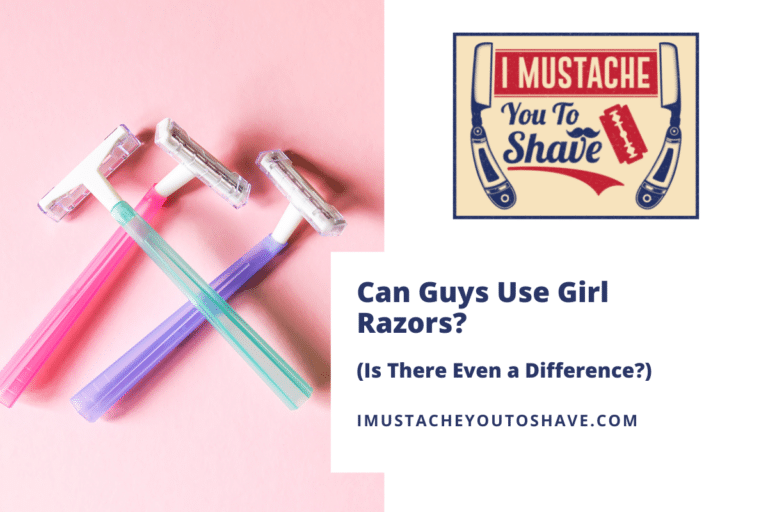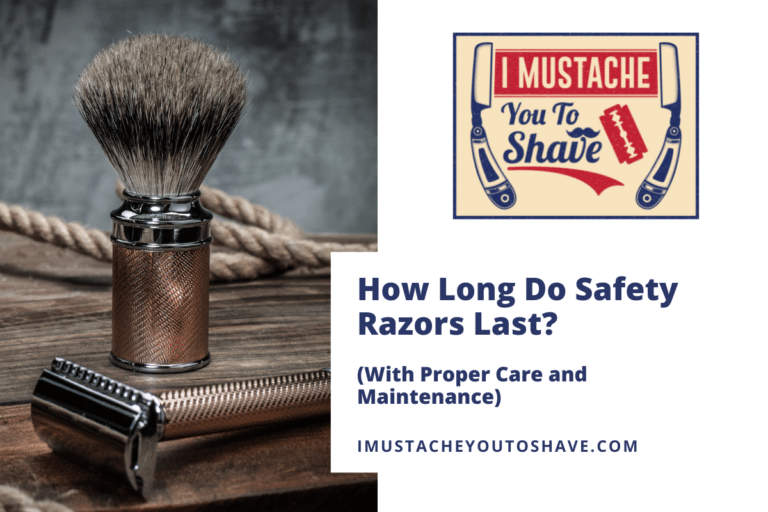Safety Razors Vs Electric Razors (An Honest Look at the Pros & Cons)
When searching for the best razor, a lot of questions arise. One is, how do safety razors and electric shavers compare to each other?
Safety razors and electric shavers are very different. Safety razors are used for wet shaving, and require practice to master the correct pressure and angle. Electric shavers, however, are used for dry shaving and require little practice. Both are more expensive than standard disposable razors, although they both have a low cost of maintenance.
With those overall differences (and few similarities) in mind, let us explore in-depth the differences between a safety razor and an electric shaver. We will look at how the blade, handle, materials, price, value, and learning curve compare between the two. Finally, we will look at the pros and cons of each.
Differences between a safety razor and electric shaver
The hunt for a good razor can be difficult and often comes down to a choice between two options. If you’ve narrowed it down to choosing either a safety razor or an electric shaver, you may be wondering which is better.
Other than the end result of a clean-shaven face, there is little overlap between a traditional safety razor and an electric shaver. Overall, your decision will depend on how much time and effort you plan on being able to devote to your shaving routine. A proper safety razor shave takes time and preparation; an electric razor shave is quick and can be done on the go if necessary.
Safety razors are primarily used for wet shaving. Electric shavers are used for dry shaving. If you are a shaver wanting to use a specific shaving cream or balm, then your only choice is a safety razor. If you are wanting to get rid of facial hair growth with little hassle, then an electric shaver works best.
One of the biggest differences is how easy it is to clean up after using each razor. With safety razors, there is most likely excess shaving cream, hair, and puddles all over the sink and bathroom counter after a shaver is finished. With an electric shaver, all you have to worry about is the hair.
A cost-effective, but quality electric shaver is generally priced around $50 to $100. A quality safety razor, on the other hand, can cost as little as $25. Your electric razor will need very little maintenance throughout its life, though it will eventually burn out and need to be replaced. A safety razor, on the other hand, will regularly require a fresh razor blade, but the ongoing cost of replacement razors is minimal.
With the general differences covered, there are specific aspects of these razors a shaver should know about before making their decision, including the:
- blade
- handle
- materials
- price
- value
- learning curve
Blade
The blade is the portion of the razor or shaver that does the actual cutting.
A safety razor has one razor blade which is positioned inside the head of the razor, while an electric shaver has multiples circular blades that rotate when the shaver is activated.
Safety razors provide the better of the two shaves because the exposed blade will be exceptionally sharp, requiring fewer passes to achieve a close shave. This limits skin irritation. When the blade becomes dull, simply replace it with a new blade.
The electric shaver, while less likely to cut or abrade your skin, is actually more likely to cause irritation because of the number of passes required to achieve a smooth shave.
This shaver works best for daily or regular shaves. Every week or so, you will need to pop open the head of the shaver and empty out the hair. This prevents the hair from clogging up and causing long-term damage to the shaver.
Handle
The handle portion of your razor is the part you hold while shaving. No matter the type of razor you choose, you want a handle that fits comfortably in your hand and allows you to control your shave without injuring yourself.
Safety razors typically have a metal handle, often stainless steel or brass, and good ones will include a texture (called knurling) to assist your grip. Safety razor handles vary in length from 3-4 inches and come in a range of widths.
To learn more about safety razor handles, read this article.
Electric shavers typically have a thick plastic handle with rubber grips. The handle is much thicker than a safety razor. This is because the battery and power system is located in the handle. With a thicker handle, it is easier for someone with thick hands to hold. This goes a long way in overall comfort and maneuverability as you guide the shaver around your face.
Materials
Overall construction and durability are important to consider when weighing your decision.
Safety razors are made of a durable metal such as stainless steel and tend to be heavy compared to a disposable razor. Electric shavers, on the other hand, are usually plastic and fairly lightweight, despite the battery housed in the handle.
Safety razors are composed of three elements – the handle, the head, and the razor blade itself – generally made of stainless steel. These are less likely to rust, although they do tend to be more expensive than some other options.
Electric shavers are made of plastic, fairly durable, and lightweight. The head of the shaver often pops open, making it easy to clean out the excess hair from under the blades. This is important because, over time, the excess hair can clog up the blades, making it more difficult to shave, or worse, cause the shaver to eventually burn out. As long as the electric shaver is maintained well, it should last for a long time. In addition, an electric shaver usually runs on a chargeable battery, meaning a shaver must charge it in between uses.
Now that we know how each product is made, and how durable they are, let us examine the price for each.
Price
The price is one of the most important things to look at when making a purchase. Here is how the price differs between a safety razor and an electric shaver.
While safety razors can be very expensive – especially those that come with the full shaving kit – you can easily pick one up for roughly the same price of a nice disposable cartridge razor. Even a low-end electric razor will still cost you $40 to $50.
Safety razor costs range from the relatively inexpensive workhorse to the luxury specialty set. Unlike the electric shaver, you will need to replace the blade on your safety razor regularly. The good news is that even high-quality replacement blades are less than twenty-five cents each.
A high-grade electric shaver runs between $100-$200, with multiple great options in the $50-$100 range. Electric shavers often include other trimmers or attachments for sideburns, neck, nose hairs, and eyebrows.
With price in mind, what is the long-term cost or value for both products?
Value
Moving on from price, it is important to understand the value a shaver gets when purchasing either of these products.
The cost of a safety razor is almost entirely upfront, although you will need to purchase replacement blades and a blade bank for your used razors. Properly cared for, even a mid-quality safety razor should last you for years to come. An electric razor, however, requires very little maintenance or care, but it will burn out and need to be replaced every few years.
Safety razors are a much better value overall than an electric shaver. With a lower cost of entry for a budget razor and the ease of replacing the blade, a safety razor is much more budget-friendly overall than virtually any other shaving option.
Electric shavers are initially expensive but have minimal maintenance costs. If you spend the money on a high-quality one, you might get 2 or 3 years of use out of it. When determining what fits you best, consider the expected lifespan of an electric shaver.
Finally, let us find out how much of a learning curve exists when first starting to use a safety razor or an electric shaver.
Learning curve
The difficulty when first learning to use either product goes a long way in the decision on whether or not to purchase it.
Safety razors require a bit of practice as well as a dedicated shaving routine. Even once you have mastered shaving with a safety razor, it is likely to take longer than other options. The electric razor was designed with ease of use and accessibility in mind. While it may not be the best shave you’ve ever had, it will probably be the easiest.
Safety razors may be intimidating if you learned to shave on a modern disposable or cartridge razor because you are probably accustomed to multiple blades, moisturizing strips, and the like. A safety razor has a sharper blade and can produce a closer, smoother shave, but it does take practice to master the pressure, angle, and preparation required for a good shave.
Electric shavers are easy to use and require minimal technique. With its safety design, there is very little risk of injury, but the risk of skin irritation still exists. Within a few shaves, a shaver will feel confident in using an electric shaver. In that time frame, the technique needed to avoid pulling the hair instead of shaving it will be learned. Overall, the learning curve is non-existent.
With all of these factors in mind, a shaver might wonder, are safety razors better than electric shavers? Next, we will break down the pros and cons of each.
Are safety razors better than electric shavers?
When looking at the overall aspects of a safety razor and an electric shaver, it is important to decide whether one is better than the other.
Much like other shaving products, the decision on whether safety razors are better than electric shavers is subjective and depends on the preference of the shaver. It is up to the shaver to decide what works best and what fits their needs. However, there are some clear pros and cons for each.
Safety razors
Safety razors are great for men who want a close shave as part of their morning experience.
Pros:
- Provides a very close shave
- Lower cost of entry than electric shaver
- Excellent long-term value
- Easy to replace the razor blade
- Many men consider shaving their “me time” and enjoy the process
Cons:
- Blades can be dangerous, especially when they are not inside the razor head
- Can be difficult to master
- Time-consuming shave
Electric shavers
Electric shavers are ideal for men who are in a hurry or have mobility issues that make gripped a traditional razor handle difficult. While they are not the best possible shave, it is quick and convenient.
Pros:
- Minimal learning curve
- Minimal maintenance
- Durable
Cons:
- Shavers can pull on the hair when shaving
- Do not provide the closest possible shave
- Can clog and burn out

